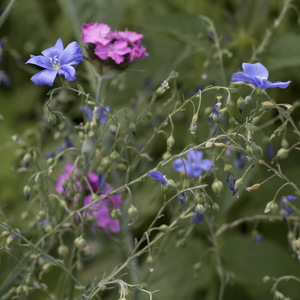Scientists of Samara University summed up the preliminary results of an experiment on the effect of the space environment factors on the viability of some wild plants. The seeds of such plants as carnation and flax which were in space have already started to bloom. As acknowledged by scientists, the space flowers are doing well and differ markedly from their “terrestrial” fellows by larger shapes and sizes.
“Some species among the samples from space look not very good yet, but on the other hand, all of them get different qualities: the samples grow larger and each plant is shown the internal heterogeneity. However, it is only visual observation and the beginning of the measurement. The main studies are ahead”, - told Irina Ruzaeva, Head of the Flora Department of the Botanic Garden of Samara University.
Samara biologists began the experiment with wild plants in 2013, sending the first batch of seeds on the spacecraft “Bion-M”. A year later, the second batch went into space on the spacecraft “Foton-M”. In total, the seeds of 19 rare plants species visited the orbit then.
All the seeds were in the same conditions during the first flight on “Bion”. The scientists placed the samples in four different modules on “Foton”: in usual (as on “Bion”), on the spacecraft’s surface and in two hypomagnetic modules - standard and extra shielded from the radiation effects. Thus, space environment impacted the seeds samples with different hardness levels.
The “seeds astronauts” were planted in the open ground of the Botanic Garden of Samara University on their return from orbit. Observation of them showed that even if the seeds were on the spacecraft’s surface, i.e. in vacuum without radiation shield with a minimum level of microgravity, the plants grown from these seeds were not weaker than their fellows from the Earth. And it opens the possibility of the practical implementation of the ambitious idea to create a standby storage of terrestrial plants seeds in space, the so-called orbital “seed banks” in the event of unexpected disasters.
“Our goal is to send the natural flora plants into space, and not the “useful” plants. We would like to know how the plants change after the aggressive environment influence during the orbital flight. We also have a long-term goal. We believe a standby storage of terrestrial plants seeds in space can exist on the orbit. It is a kind of Noah's ark or a gene bank, which will be protected from the Earth disasters and weather changes”, - underlined Lyudmila Kavelenova, Head of Samara University Department of Ecology, Botany and Environment Conservation.
Samara University scientists have the short-term plans to form a separate “space” section in the Botanic Garden. Now the plants are located in the regional flora department, where the wild conditions have been virtually recreated. “But we know that plants influence each other. So, spurge neighbourhood has not very good effect on carnation, it shades and suppresses it with its phitofield. On the other hand, horsemint grows. It belongs to the essential oil plants and their neighbours astronauts also may not like it”, - says Irina Ruzaeva. Everything will be ordered in the “space” section: plants of the first and the second flight, their children, grandchildren and “control” fellows.
Replenishment of “seeds astronauts” detachment is expected at the end of this decade, when the satellite “Bion-M2” will presumably be launched to the orbit.
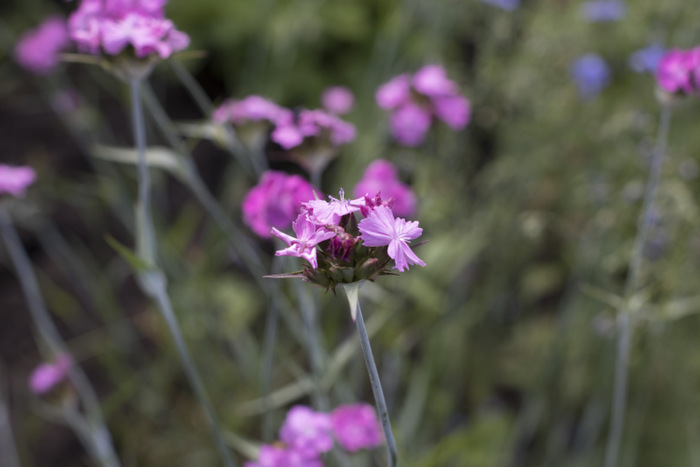
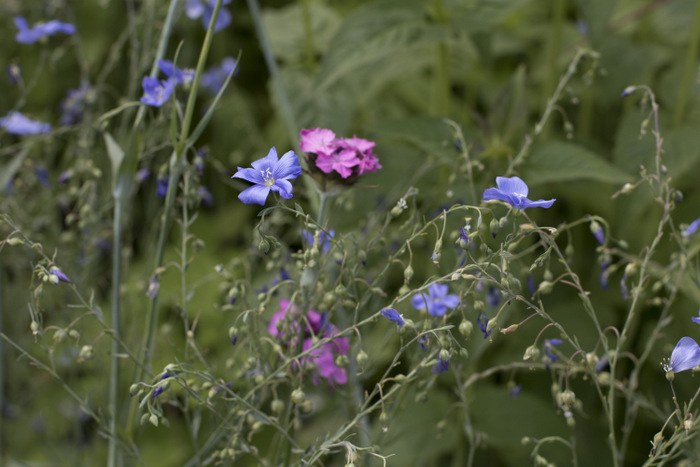
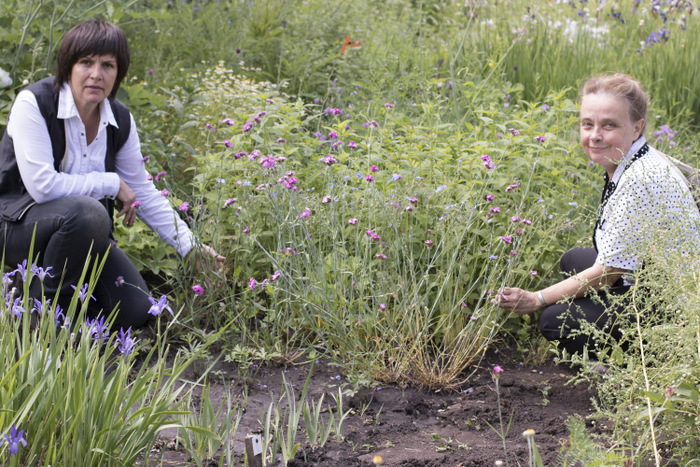
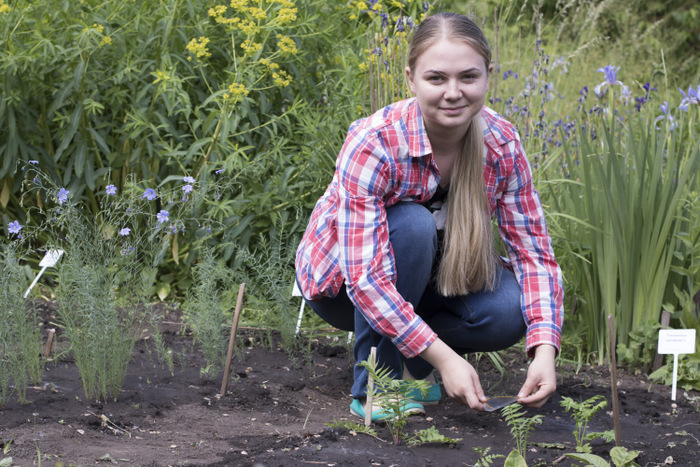
 RU
RU  EN
EN  CN
CN  ES
ES 